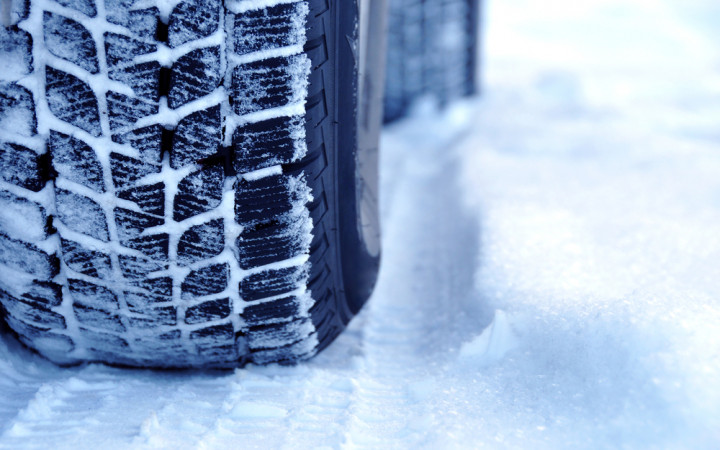Winter Car Care Checklist

Battery and Charging System
Have the battery and charging system tested by a trained technician. A fully charged battery in good condition is required to start an engine in cold weather. AAA members can request a visit from a AAA Mobile Battery Service technician who will test their battery and replace it
on-site, if necessary. AAA Approved Auto Repair shops can also test and replace weak batteries.

Battery Cables and Terminals
Make sure the battery terminals and cable ends are free from corrosion and the connections are tight.

Drive Belts
Inspect the underside of accessory drive belts for cracks or fraying. Many newer multirib “serpentine” belts are made of materials that do
not show obvious signs of wear; replace these belts at 60,000-mile intervals.

Engine Hoses and Window Washer Fluid
Inspect cooling system hoses for leaks, cracks or loose clamps. Also, squeeze the hoses and replace any that are brittle or have an excessively spongy feeling. Fill the washer fluid reservoir with the proper mixture to prevent freezing.

Tire Type and Tread
In areas with heavy winter weather, installing snow tires on all four wheels will provide the best winter traction. All-season tires work well in light-to-moderate snow conditions provided they have adequate tread depth. Replace any tire that has less than 3/32-inches of tread. Uneven tire wear can indicate alignment, wheel balance or suspension problems that must be addressed to prevent further tire damage.

Tire Pressure
Check tire inflation pressure on all four tires and the spare more frequently in fall and winter. As the average temperature drops, so will
tire pressures—typically by one PSI for every 10degrees Fahrenheit. Proper tire pressure levels can be found in the owner’s manual or on a sticker typically located on the driver’s side door jamb.

Air Filter
Check the engine air filter by holding it up to a 60-watt light bulb. If light can be seen through much of the filter, it is still clean enough to work effectively. However, if light is blocked by most of the filter, replace it.
Coolant Levels
Check the coolant level in the overflow tank when the engine is cold. If the level is low, add a 50/50 solution of coolant and water to
maintain the necessary antifreeze capability. Test the antifreeze protection level annually with an inexpensive tester available at any auto parts store.

Lights
Check the operation of all headlights, taillights, brake lights, turn signals, emergency flashers and back-up lights. Replace any burnt out bulbs.

Wiper Blades
The blades should completely clear the glass with each swipe. Replace any blade that leaves streaks or misses spots. In regions where snow is common, consider installing winter wiper blades that wrap the blade frame in a rubber boot to reduce ice and snow buildup that can prevent good contact between the blade and the glass.

Brakes
If there is any indication of a brake problem, have the system inspected by a certified technician to ensure all components are in good working order.

Emergency Road Kit
Carry an emergency kit equipped for winter weather. The kit should include:
• Mobile phone pre-programmed with rescue apps and important phone numbers including family and emergency services, and car charger
• Drinking water
• First-aid kit
• Non-perishable snacks for both human and pet passengers
• Bag of abrasive material (sand, salt, cat litter) or traction mats
• Snow shovel
• Blankets
• Extra warm clothing (gloves, hats, scarves)
• Flashlight with extra batteries
• Window washer solvent
• Ice scraper with brush
• Cloth or roll of paper towels
• Jumper cables
• Warning devices (flares or triangles)
• Basic toolkit (screwdrivers, pliers, adjustable wrench)
Using a Winter Car Care Checklist will help you prevent unfortunate situations.